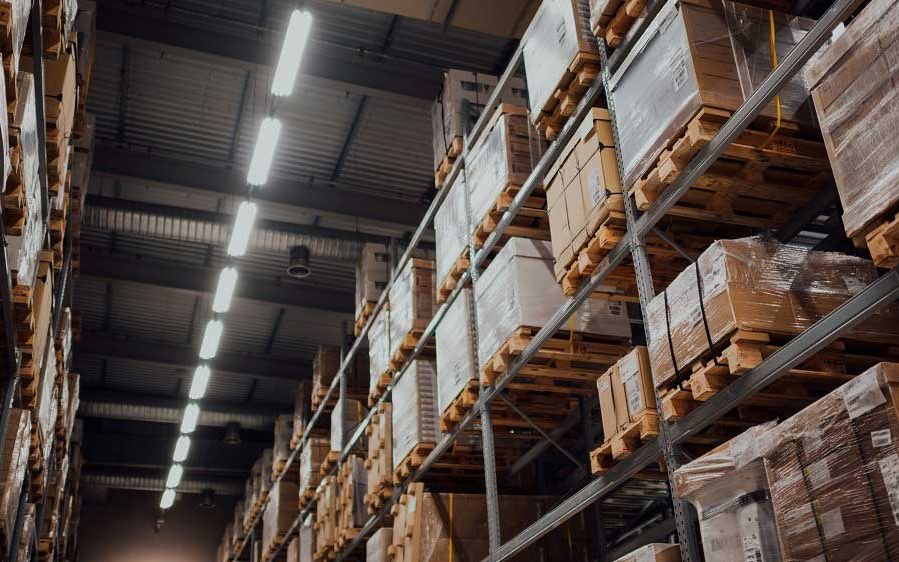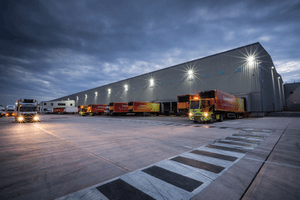This article is from the Australian Property Journal archive
THE industrial property boom may have peaked as rental growth remains stubborn across most core markets and vacancies rise on the east coast.
According to Savills Australia’s latest Spotlight Industrial Shed Briefing for Q2, vacancy rates on the east coast hit 3.4% in July.
While investment activity remained strong over the quarter, as investment volumes reached $3 billion nationally, up 8% from the previous quarter and 168% from the lowest quarter in 2023.
Investment activity was given a major boost by Barings and REST Super’s recent 12-asset $780 million portfolio acquisition from Goodman Group.
“The shift in appetite that we’ve seen over the last 12 months from super and sovereign wealth funds reaffirms investor preference for the sector,” said Michael Wall, national head of industrial and logistics at Savills.
“Notably, rising allocations towards industrial logistics away from other asset classes not only serves as a hedge against volatile economic conditions but also positions them to capitalise on the structural changes that are happening on the back of population growth. This trend is evident as more groups begin land banking, especially in Melbourne and Sydney.”
Owner occupiers have also remained active in the $10-to-$50-million price bracket, making up around 47% of deals tracked in Q2.
“Increased deal flows in the last quarter suggest that the gap between buyer and seller expectations may be narrowing, and the industrial sector’s protracted period of price discovery is approaching its peak,” said Katy Dean, national head of research at Savills.
“Ongoing deal activity suggests that we may be closer to the cyclical bottom than previously thought.”
While more recently, the local arm of global logistics platform ESR just partnered with Japanese giant Mitsubishi Estate Asia (MEA) to develop a $175 million industrial estate in Melbourne’s south-east.
Leasing activity has now returned to pre-pandemic levels, up 20% over the quarter to 767,875sqm.
Leasing activity was dominated by transport and logistics tenants across the east coast, at 44% of industrial space over 3,000sqm.
This was followed by wholesalers, accounting for 33% of take-up, and manufacturing and engineering at 13%.
With the total share of leasing take-up from transport, logistics and wholesalers has grown to 78% in Q2 – up from a low of 70% last year.
“We are certainly navigating the start of a new chapter for industrial property – with vacancies creeping upwards coupled with rental growth slowing, despite high levels of investment,” added Dean.
“While the continued high interest rate climate and uncertain economic outlook combine to create further challenging conditions for the sector, the outlook is positive on the back of the enduring themes related to population growth and shifting supply chains.”
Nationally, national prime net face rents remain 62% up on 2019 levels but little growth is forecast, particularly as vacancies rise in some markets.
“Although rental growth in most markets is decelerating, there remains significant potential for rent reversion, with current rents averaging about 60 percent higher than they were five years ago, presenting a compelling windfall to investors looking to increase their exposure,” added Wall.
Sydney West continues to see stronger growth, with rents remaining 84% higher than in Q2 2019.
“Rental growth has ground to a halt in the country’s core precincts, including Melbourne West, Brisbane Southside, and Adelaide Northwest,” added Dean.
“A select few areas are now seeing rents contract. For example, prime net face rents in Sydney’s West have declined 7% quarter-on-quarter.”
With vacancies up from 2.8% in March to 3.4% in July, Sydney’s vacancy rose from 2.2% to 3.62% and Melbourne from 2.72% to 3.07% over the same period.
While Brisbane’s industrial vacancy rate was largely stable but tightened from 3.47% to 3.38%.
“If effective rents continue dwindling due to higher incentives, there may be a real adjustment to capital values, which – up until this point – has been shored up by face rental growth as yields hold,” said Dean.
“While there has been no sign of this correction in Q2, we may start to see this divergence if there is a greater spread of precincts seeing effective rents decline.”





